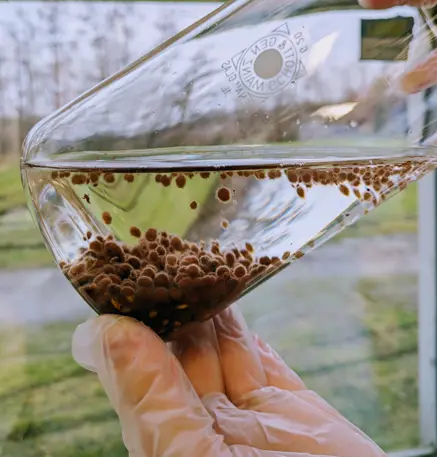Biodiversity restoration and conservation of inland water ecosystems for environmental and human well-being (BioReset)
KEY POINTS- wastewater
- emerging contaminants
- advanced treatment
Project overview
Participants
More related research
Global goals
- 3. Good health and well-being
- 6. Clean water and sanitation
- 9. Industry, innovation and infrastructure
Short summary
Pollution from wastewater treatment plants threatens freshwater biodiversity worldwide. Current treatment processes do not effectively remove emerging contaminants like pharmaceuticals and microplastics, harming both ecosystems and human health.
The BioReset project aims to develop advanced treatment solutions (chemical, physical, biological, and combined) to restore and protect freshwater systems. It also introduces new, rapid assessment strategies using diatoms — microscopic algae that serve as sensitive indicators of ecosystem health.
BioReset will evaluate these innovative approaches through life cycle and feasibility studies. The project will also map emerging contaminants and their effects on diatom communities using advanced and real-time analytical techniques.
By generating practical data and guidelines, BioReset supports policymakers, environmental managers, and wastewater stakeholders in achieving healthier, more resilient aquatic ecosystems. Outreach activities will further raise awareness and promote best practices globally.
SLU is responsibe for Green bioremediation with white-rot fungi. This task focuses on developing laccase-producing biomaterials for the safe removal of emerging contaminants from wastewater. Fungal bioremediation is highly promising due to the broad degradation capabilities of ligninolytic enzymes like laccase.
